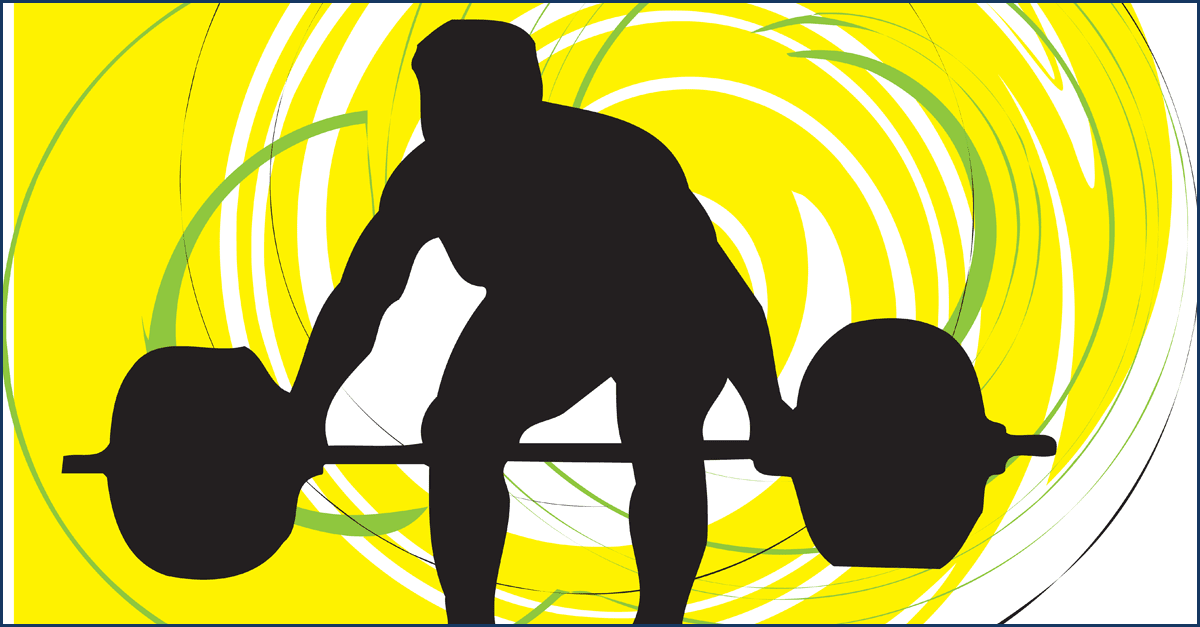1. The most important factor in strength training is intensity of load. This is strength training, after all. So the goal is to (safely) move as much weight as possible.
2. Shoot for rest intervals between 3-5 minutes between sets. This will allow for adequate recovery of the phosphagen system (the main energy pathway used in strength training) without making the workouts intolerably long.
3. During strength phases you should resist the urge to add too much variety. Progress only a few lifts in each strength phase and save the variety for assistance movements or subsequent training phases.
4. For your primary movement(s) think more sets, less reps.
5. Strength training is very demanding on the central nervous system (CNS) which can take up to 5 times longer to recover than the skeletal-muscular system. Allow for proper rest and recovery between sessions.
6. Compound, multi-joint movements should be the staples of your strength training phase. Exercises such as squats, deadlifts, bench press, military press and pull-ups should be your main focus. These are much more valuable than increasing the load of a biceps curl or calf raise in this phase.
7. Don't be afraid to 'steal' from the best. Wendler (5,3,1), Sheiko and Westside all have tried and true programs designed to increase strength. Give them a try before reinventing the wheel.
8. Strength training phases are a great opportunity to break out some of the best toys in the gym. Bands, chains, boards and full speed devices can all be incorporated to great effect.
9. Don't ignore core (especially obliques and lower back) training in your accessory movements. Being weak in those areas is often the limiting factor in the major lifts.
10. With that being said, if you were ever to use a lifting belt, knee wraps or specialty suits you can certainly do that during near-maximal or maximal attempts during this phase.
Different client goals?
Top 10 Personal Trainer Tips for Metabolic/Fat loss training










